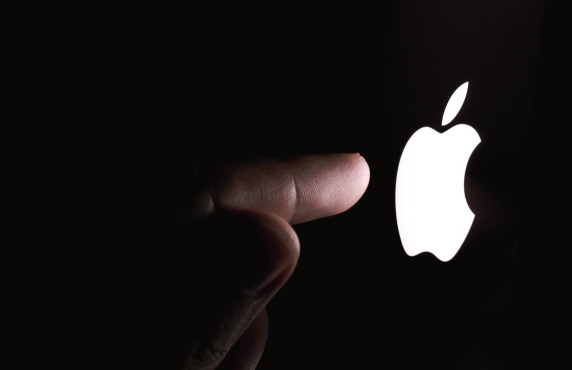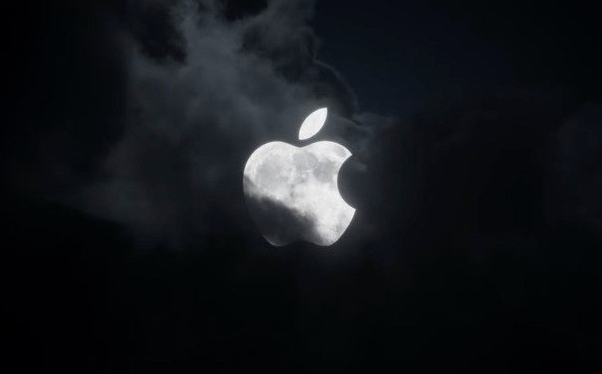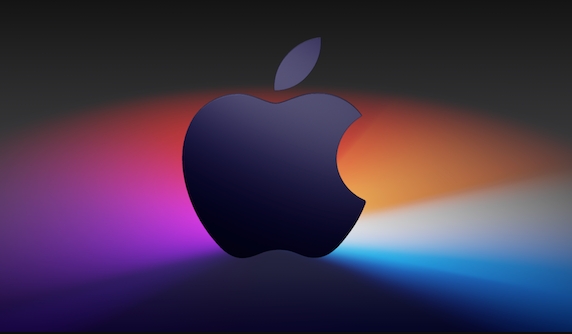To restore Mac factory settings, four steps are required: 1. Back up important data, use Time Machine or cloud storage to ensure data security; 2. Log out of Apple ID and other accounts to avoid restrictions on new users; 3. Enter recovery mode and erase the disk, press the power button on the Apple chip to enter, press Command R on the Intel chip to clear the main disk with the disk tool; 4. Reinstall macOS to return the system to the initial state. The entire process ensures that data is thoroughly cleared and that the system can be delivered to others for normal use.

If you need to factory reset your Mac, such as before you prepare to sell or give it to someone, ensuring data security and getting the system back to its initial state is key. This is not something that can be done simply by deleting the file, but it must be done through a complete set of operational processes.

1. Back up important data
Before you start resetting, be sure to back up your data first . Because factory reset clears all user data, applications, and settings.
- Using Time Machine is the safest way. After connecting the hard drive, you can enable automatic backup in "System Settings".
- If you are used to cloud storage, you can check whether iCloud or other network disks have synchronized key content such as documents and photos.
- There is no need to back up the system's own applications, and they will all come back after resetting.
2. Log out of Apple ID and other accounts
Many people ignore this step, and as a result, the new owner cannot use certain functions or the old device is remotely locked.

- Open "System Settings", enter "Apple ID", and log out.
- At the same time, check whether the places such as "iCloud", "iTunes and App Store" are also logged out.
- Third-party accounts bound to applications such as "email" and "information" must also be removed.
3. Use recovery mode to erase the Mac
This is a key step in the official reset, and the operation of different chip versions is slightly different.
For Macs equipped with Apple chips (M1, M2, etc.):

- Shut down.
- Press and hold the power key while powering on until you see "Loading boot options".
- Click "Options" to enter recovery mode.
- Select Disk Utility in the tool, select the main disk (usually "Macintosh HD"), and click "Erase".
- Select "Mac OS Extension (Log)" or "APFS" in the format, and the name is left to the default.
The Mac with Intel chip will directly enter recovery mode when it is powered on.
4. Reinstall macOS
After the erase is completed, the menu in recovery mode is still there. At this time, select "Reinstall macOS".
- The installation process may take several dozen minutes, and do not force shutdown during this period.
- After installing the system, the Mac returns to the status it was when it was just bought, with no user account and no personal data.
Basically that's it. The whole process is not complicated but it is easy to miss some details, such as forgetting to log out of the account or not backing up thoroughly. As long as you do it step by step, most people can do it themselves.
The above is the detailed content of How to reset Mac to factory settings. For more information, please follow other related articles on the PHP Chinese website!

Hot AI Tools

Undress AI Tool
Undress images for free

Undresser.AI Undress
AI-powered app for creating realistic nude photos

AI Clothes Remover
Online AI tool for removing clothes from photos.

Clothoff.io
AI clothes remover

Video Face Swap
Swap faces in any video effortlessly with our completely free AI face swap tool!

Hot Article

Hot Tools

Notepad++7.3.1
Easy-to-use and free code editor

SublimeText3 Chinese version
Chinese version, very easy to use

Zend Studio 13.0.1
Powerful PHP integrated development environment

Dreamweaver CS6
Visual web development tools

SublimeText3 Mac version
God-level code editing software (SublimeText3)

Hot Topics
 How to Save Battery on MacBook? How to Improve It?
Jun 19, 2025 am 10:15 AM
How to Save Battery on MacBook? How to Improve It?
Jun 19, 2025 am 10:15 AM
You’ve had your Mac for a few years, and you’re starting to feel the effects of your device aging—the battery doesn’t hold up as well as it used to. To avoid getting stuck with a dead Mac, you have no choice but to take your charger e
 How to Delete Focus Modes on iPhone & iPad
Jun 18, 2025 am 10:40 AM
How to Delete Focus Modes on iPhone & iPad
Jun 18, 2025 am 10:40 AM
The Focus Modes functionality comes with several pre-set options such as Work, Driving, Sleep, and users are also free to create custom ones for any scenario imaginable. Should you find yourself not needing a multitude of Focus modes—whether because
 How to Automatically Send Messages with Siri from iPhone Without Confirmation
Jun 20, 2025 am 09:40 AM
How to Automatically Send Messages with Siri from iPhone Without Confirmation
Jun 20, 2025 am 09:40 AM
If you trust Siri to accurately transcribe your speech into text and send it as a message, you can activate a setting that lets Siri send messages automatically from your iPhone without asking for confirmation first.With the confirmation feature enab
 Listen to Long Audio Messages Easier on iPhone with This Trick
Jun 23, 2025 am 09:44 AM
Listen to Long Audio Messages Easier on iPhone with This Trick
Jun 23, 2025 am 09:44 AM
Have you ever received a long audio message on your iPhone and while listening, the screen turns off, interrupting the playback and forcing you to start over? It's pretty frustrating, isn't it?Next time you receive a lengthy voice message on your iPh
 Fix iCloud Errors & “Can’t Establish Secure Connection with idmsa.apple.com” on MacOS Sierra & High Sierra
Jun 22, 2025 am 10:06 AM
Fix iCloud Errors & “Can’t Establish Secure Connection with idmsa.apple.com” on MacOS Sierra & High Sierra
Jun 22, 2025 am 10:06 AM
Some users of Mac computers running MacOS Sierra and MacOS High Sierra have reported issues when trying to log in to an Apple ID or iCloud via System Preferences, as well as problems accessing iCloud.com using Safari. In addition, Safari fails to loa
 7 of the Best iOS 16 Features to Check Out Right Away
Jun 22, 2025 am 09:56 AM
7 of the Best iOS 16 Features to Check Out Right Away
Jun 22, 2025 am 09:56 AM
iOS 16 is now available for iPhone users, offering a solid update packed with practical features you're sure to enjoy.The most noticeable and exciting addition is the ability to personalize your lock screen. However, there are also plenty of smaller
 Data Breach Reports Archive — 2017
Jun 24, 2025 am 09:51 AM
Data Breach Reports Archive — 2017
Jun 24, 2025 am 09:51 AM
In this blog post, we’ve gathered the 22 most significant breaches that happened back in 2017. All of the reports were conducted by Chris Vickery — a data breach hunter, who had partnered with MacKeeper to provide repor
 How to Rename Mac Computer Name in MacOS Sonoma & Ventura
Jun 17, 2025 pm 04:53 PM
How to Rename Mac Computer Name in MacOS Sonoma & Ventura
Jun 17, 2025 pm 04:53 PM
Customizing your Mac by renaming it helps set it apart from other devices, especially when using AirDrop, and makes it easier to identify on a network.In macOS Ventura 13 and later versions, the method for changing the computer name has changed compa






